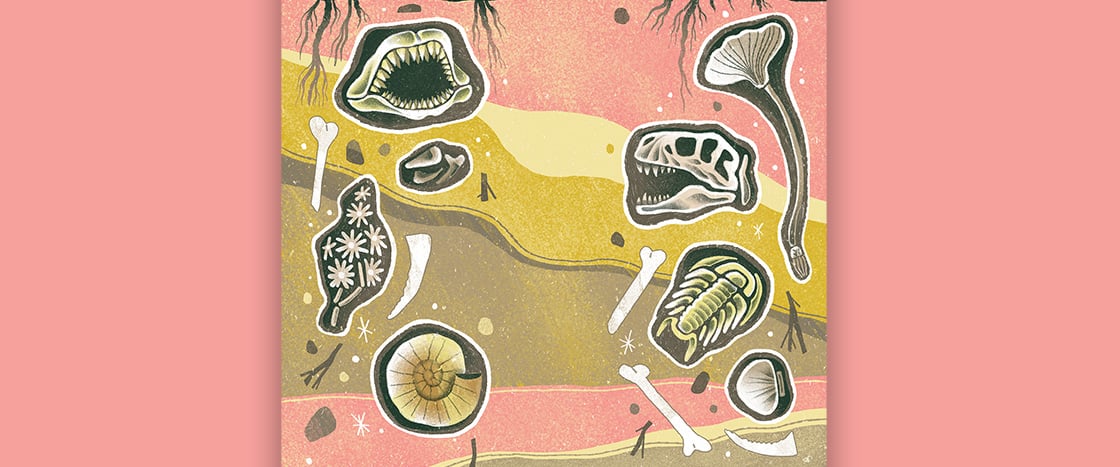Older than
books,
than scrolls,
older
than the first
tales told
or the
first words
spoken
are the stories
in forests that
turned to
stone
in ice walls
that trapped the
mammoth
in the long
bones of
dinosaurs—
the fossil
stories that begin
Once upon a time

